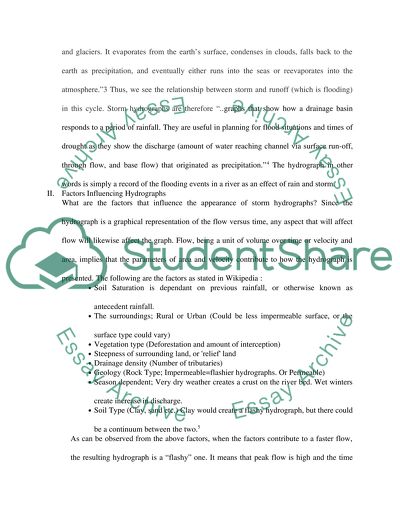Cite this document
(Storm Drainage Design Project: Scientific Methods Assignment, n.d.)
Storm Drainage Design Project: Scientific Methods Assignment. Retrieved from https://studentshare.org/engineering-and-construction/1514903-storm-drainage-design-project-scientific-methods
Storm Drainage Design Project: Scientific Methods Assignment. Retrieved from https://studentshare.org/engineering-and-construction/1514903-storm-drainage-design-project-scientific-methods
(Storm Drainage Design Project: Scientific Methods Assignment)
Storm Drainage Design Project: Scientific Methods Assignment. https://studentshare.org/engineering-and-construction/1514903-storm-drainage-design-project-scientific-methods.
Storm Drainage Design Project: Scientific Methods Assignment. https://studentshare.org/engineering-and-construction/1514903-storm-drainage-design-project-scientific-methods.
“Storm Drainage Design Project: Scientific Methods Assignment”, n.d. https://studentshare.org/engineering-and-construction/1514903-storm-drainage-design-project-scientific-methods.


